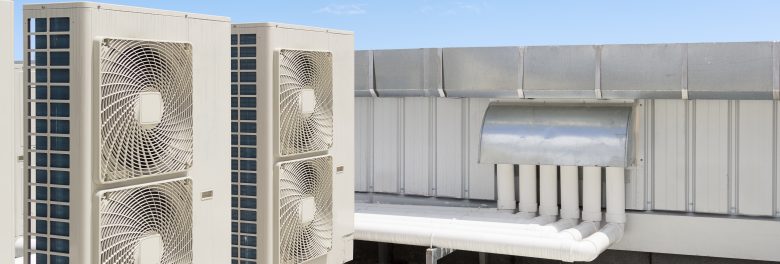
When designing individual air-source heat pump (ASHP) systems to maximise system efficiency and reliability, the following factors should be considered.
External temperature: Unlike gas boilers, the heat output of ASHPs reduces as external temperatures decline. The standard external design temperature in London is -3oC. Mitigation this risk would require designing to a lower temperature (e.g, -7 °C). Designers should however consider the knock on impact of this would be greater power requirements and capital cost.
External humidity: Humidity levels also influence system efficiency and performance. Locating plant for condensate to drain is important to help prevent icy surfaces in winter. Further during cold, humid conditions, the external unit will freeze and whilst units are designed to defrost, heating will not be provided whilst this is happening. As the South-East of England can have high humidity levels in winter, it is important to consider this in system design to ensure that residents retain a supply of heat.
Plant location: ASHPs need to receive sufficient airflow to effectively draw in air and produce heat. Plant should therefore not be enclosed, despite possible visual and acoustic benefits. While ASHP manufacturers do not deem noise generated from plant to be a large concern, ASHPs should not be located close to noise-sensitive areas like bedrooms. ASHP manufacturers should be consulted on plant placement as there is a maximum distance and height allowable from a dwelling, dependant on pipe, wiring sizing and refrigerant.
Internal considerations: As output temperatures from ASHPs are lower than those from gas boilers, effective methods of delivering space heat change. Radiators must be sized larger to accommodate this temperature difference. Underfloor heating is therefore often a more suitable solution and one that is reflected in the latest Building Regulations (Part L 2021).
The operational differences between traditional boiler heating systems and ASHP systems mean that users should be provided with a user guide to effectively communicate operational requirements.
Posted on June 29th, 2023
Related services: Energy Statements, SAP (Domestic), Renewable Energy Feasibility Studies, Energy & Fabric Performance Evaluation, Be Seen Energy Monitoring,